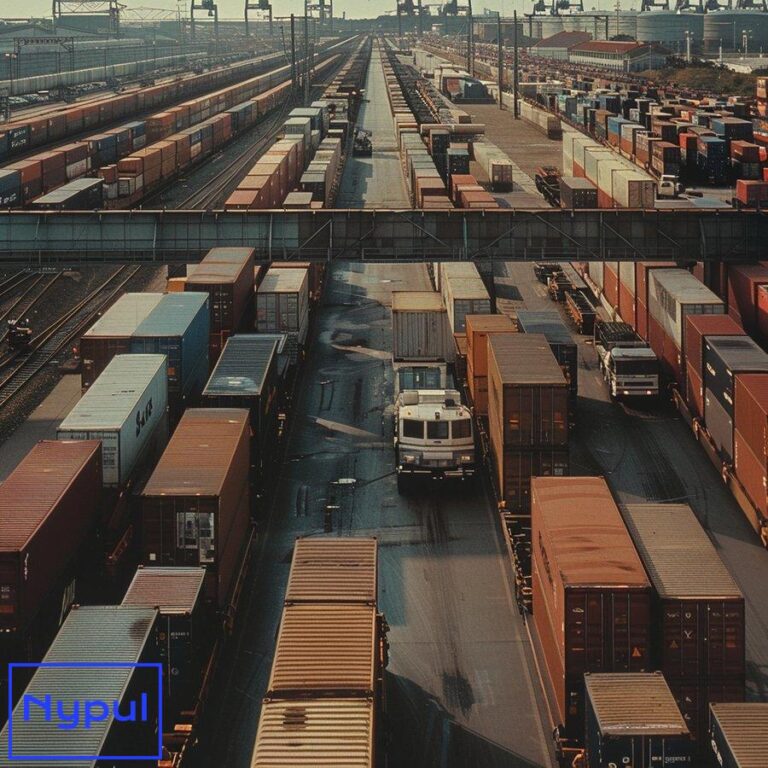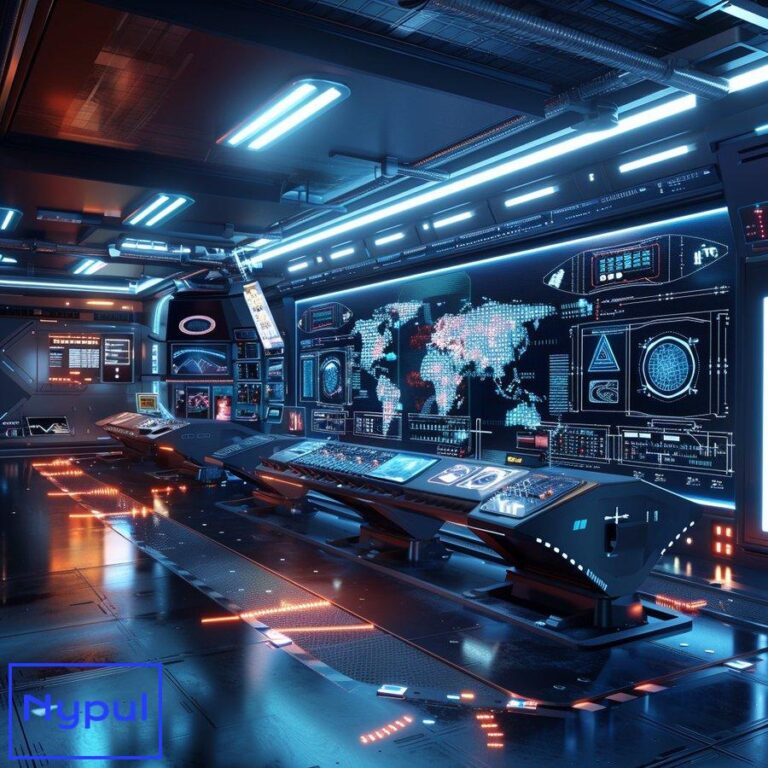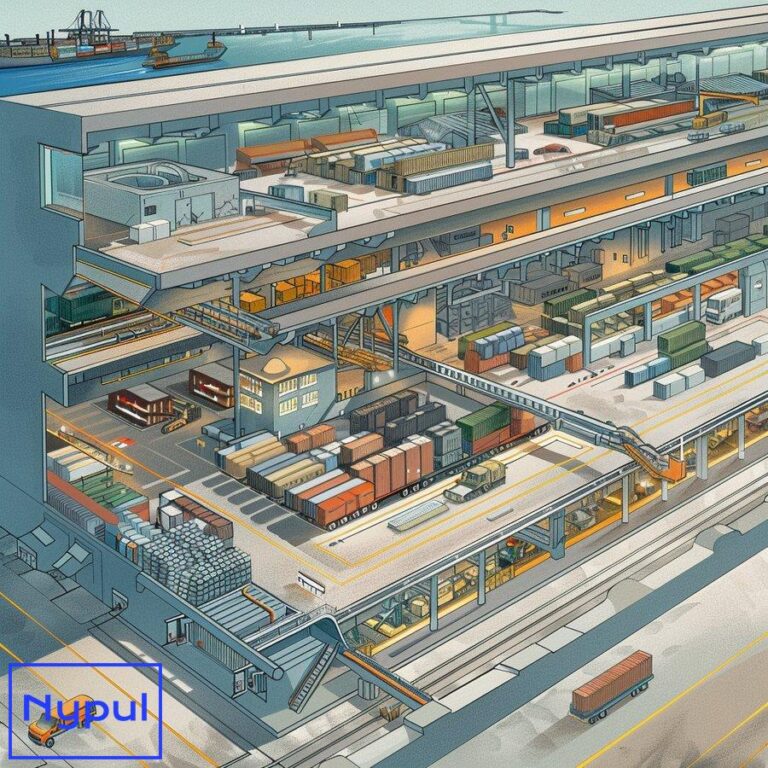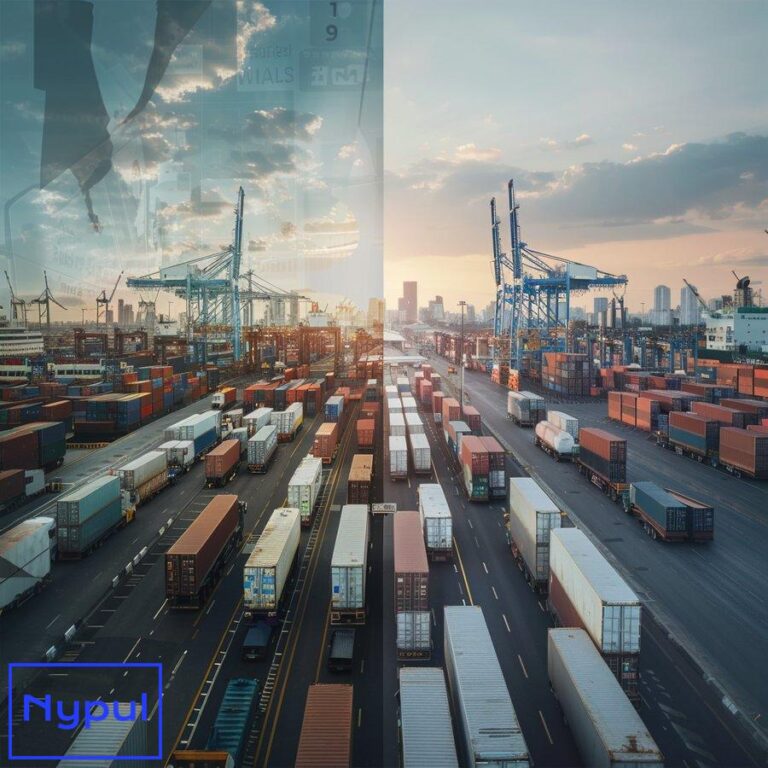What Is the Outlook for Intermodal Transportation
What is the current state of intermodal transportation?

Intermodal transportation, which involves the use of multiple modes of transport to move goods without handling the cargo itself, has shown resilience and adaptability in recent years. As of 2024, the U.S. intermodal volume has increased by 8.7% annually, indicating a recovery and growth trajectory after the disruptions caused by the COVID-19 pandemic. However, it is essential to note that this growth is juxtaposed against a backdrop of mixed performance in other freight sectors, particularly rail carloads, which have seen a decline of 5% year-to-date compared to previous years.
The intermodal sector benefits from its inherent versatility, allowing businesses to leverage the strengths of different transportation modes—trucks, trains, and ships. This flexibility is particularly advantageous in meeting the rising demand for efficient logistics solutions in a globalized economy. The ongoing recovery in intermodal volumes is attributed to several factors, including increased port activity, competition among railroads, and the growing need for cost-effective transportation solutions.
Despite the positive trends, the intermodal industry faces challenges such as fluctuating fuel prices, competition from trucking, and the need for improved infrastructure. The relationship between these factors is crucial; for instance, while trucking rates have decreased, making it a more attractive option for shippers, intermodal transportation continues to offer significant advantages in terms of cost savings and environmental sustainability.
Current Trends and Data
-
Volume Growth: U.S. intermodal volumes reached 1,281,248 units in May 2024, marking a 7.6% increase year-over-year.
-
Service Improvements: Railroads are enhancing service levels, evidenced by increased train speeds and reduced dwell times, which are vital for attracting shippers back to intermodal solutions.
-
Market Dynamics: The intermodal sector is experiencing a shift in demand dynamics, with growing interest from sectors such as e-commerce, which necessitates faster and more reliable shipping methods.
The intermodal transportation landscape is evolving, presenting both opportunities and challenges for stakeholders. Understanding these dynamics is essential for businesses looking to optimize their logistics strategies.
How are technological advancements reshaping intermodal logistics?
The integration of technology into intermodal logistics is transforming the way goods are transported, tracked, and managed. Key advancements include:
![]()
![]()
-
Enhanced Tracking Systems: GPS and telematics technologies are being increasingly adopted, allowing for real-time tracking of shipments. This visibility is crucial for shippers who demand transparency and reliability in their supply chains.
-
Cloud-Based Solutions: The rise of cloud-based intermodal software has streamlined operations, enabling better coordination between different transportation modes. These platforms facilitate communication among stakeholders, improving efficiency and reducing delays.
-
Automation and AI: Automation technologies are being utilized to optimize loading and unloading processes, reducing the time containers spend at terminals. Artificial intelligence is also being employed to analyze data and predict demand trends, allowing logistics companies to make informed decisions.
-
Electric and Autonomous Vehicles: The introduction of electric freight trains and autonomous trucks is a significant step towards sustainability and efficiency. These innovations not only reduce emissions but also lower operational costs.
Table: Technological Advancements in Intermodal Logistics
| Technology | Impact on Intermodal Logistics |
|---|---|
| Enhanced Tracking Systems | Real-time visibility and improved shipment reliability |
| Cloud-Based Solutions | Streamlined operations and better stakeholder communication |
| Automation and AI | Reduced loading/unloading times and informed decision-making |
| Electric and Autonomous Vehicles | Lower emissions and operational costs |
Technological advancements are not only enhancing the efficiency of intermodal logistics but also aligning the industry with sustainability goals. As these technologies continue to evolve, they will play a pivotal role in shaping the future of intermodal transportation.
What infrastructure developments are driving intermodal growth?

Infrastructure plays a critical role in the success of intermodal transportation. Recent developments are aimed at enhancing connectivity and efficiency within the logistics network. The U.S. Department of Transportation (USDOT) has announced substantial investments in intermodal infrastructure, totaling over $728 million for various projects. These investments focus on improving rail services, expanding terminal capacities, and enhancing intermodal facilities.
![]()
Key Infrastructure Projects
-
America’s Green Gateway: This project aims to enhance container-on-rail service to and from the ports of Long Beach and Los Angeles, significantly improving intermodal capabilities in one of the busiest freight corridors in the U.S.
-
St. Lucie River Railroad Bridge Replacement: This project will replace an aging bridge, improving safety and efficiency for rail traffic and reducing congestion for marine traffic.
-
East River Berth Replacement: Located in Georgia, this project will facilitate a modal shift from truck to rail, thereby reducing greenhouse gas emissions and improving freight movement efficiency.
-
Louisiana International Terminal Project: This initiative will create a new container terminal on the Gulf Coast, accommodating larger vessels and enhancing intermodal connections.
Table: Major Infrastructure Investments in Intermodal Transportation
| Project Name | Location | Objective |
|---|---|---|
| America’s Green Gateway | Long Beach, CA | Enhance rail service to/from major ports |
| St. Lucie River Railroad Bridge | Stuart, FL | Replace aging infrastructure for improved safety |
| East River Berth Replacement | Garden City, GA | Shift freight from truck to rail, reducing emissions |
| Louisiana International Terminal | St. Bernard Parish, LA | Construct a new terminal for larger vessels |
These infrastructure developments are vital for the growth of intermodal transportation, as they enhance the overall efficiency and reliability of the logistics network. As investments continue to flow into this sector, the intermodal industry is poised for significant growth.
How are economic factors influencing intermodal transportation?
Economic factors play a pivotal role in shaping the intermodal transportation landscape. The interplay between consumer demand, fuel prices, and global trade dynamics significantly influences the adoption of intermodal solutions.
Consumer Demand and Global Trade
The resurgence of consumer demand following the pandemic has led to increased pressure on logistics providers to deliver goods quickly and efficiently. Intermodal transportation offers a viable solution by leveraging the strengths of various modes of transport to meet these demands.
-
E-commerce Growth: The rise of e-commerce has been a primary driver of intermodal transportation. As consumers expect faster delivery times, businesses are turning to intermodal solutions to enhance their supply chain efficiency.
-
Global Trade Expansion: The ongoing expansion of global trade necessitates reliable and cost-effective transportation methods. Intermodal transportation seamlessly integrates different modes, making it an attractive option for businesses engaged in international trade.
Fuel Prices and Cost Efficiency
Fluctuating fuel prices directly impact transportation costs. Intermodal transportation generally offers a more cost-effective solution compared to traditional trucking, particularly for long-haul shipments.
- Fuel Efficiency: Trains are significantly more fuel-efficient than trucks, accounting for only 2% of transportation’s total greenhouse gas emissions. This efficiency translates into lower costs for shippers, making intermodal solutions increasingly attractive.
Table: Economic Factors Influencing Intermodal Transportation
| Economic Factor | Impact on Intermodal Transportation |
|---|---|
| Consumer Demand | Increased pressure for faster delivery and efficient logistics |
| E-commerce Growth | Higher demand for intermodal solutions to meet delivery expectations |
| Global Trade Expansion | Greater reliance on intermodal transportation for international shipping |
| Fuel Prices | Fluctuations affect transportation costs, making intermodal more attractive |
Economic factors are driving the growth of intermodal transportation, as businesses seek efficient and sustainable solutions to meet the demands of a rapidly changing market. Understanding these dynamics is essential for stakeholders looking to capitalize on intermodal opportunities.
What challenges does the intermodal industry face, and how can they be overcome?
Despite the promising outlook for intermodal transportation, several challenges persist that could hinder its growth. Addressing these challenges is crucial for stakeholders aiming to optimize their logistics strategies.
Key Challenges
-
Infrastructure Limitations: Insufficient infrastructure can lead to delays and inefficiencies in intermodal operations. Investments in upgrading and expanding intermodal facilities are essential to accommodate growing demand.
-
Service Reliability: Service disruptions, such as delays in rail transport, can undermine the reliability of intermodal solutions. Improving rail service levels and coordination among different transportation modes is vital.
-
Competition from Trucking: The decrease in trucking rates has made it challenging for intermodal transportation to compete on price. To overcome this, intermodal providers must emphasize the long-term cost savings and sustainability benefits of their services.
Strategies for Overcoming Challenges
-
Investing in Infrastructure: Stakeholders should advocate for increased investments in intermodal infrastructure, including terminals, rail lines, and loading facilities, to enhance efficiency and capacity.
-
Enhancing Service Levels: Railroads must focus on improving service reliability by optimizing operations, reducing dwell times, and investing in technology to track shipments more effectively.
-
Promoting Sustainability: Highlighting the environmental benefits of intermodal transportation can attract shippers who prioritize sustainability in their logistics strategies.
Table: Challenges and Strategies in Intermodal Transportation
| Challenge | Strategy for Overcoming |
|---|---|
| Infrastructure Limitations | Advocate for increased investments in intermodal facilities |
| Service Reliability | Enhance operations and invest in tracking technologies |
| Competition from Trucking | Promote long-term cost savings and sustainability benefits |
By addressing these challenges proactively, stakeholders can ensure the continued growth and success of intermodal transportation in a competitive logistics landscape.
How is sustainability shaping the future of intermodal transport?

Sustainability has become a central focus in the logistics industry, with intermodal transportation positioned as a key player in reducing environmental impact. The integration of various transportation modes allows for more efficient use of resources, leading to lower emissions and reduced fuel consumption.
Environmental Benefits of Intermodal Transportation
-
Reduced Carbon Emissions: Intermodal transportation significantly lowers greenhouse gas emissions compared to traditional trucking. By utilizing rail for long-haul shipments, companies can achieve substantial emissions reductions.

-
Fuel Efficiency: Trains are more fuel-efficient than trucks, allowing for the transportation of larger quantities of goods with less fuel. This efficiency is critical for companies aiming to meet sustainability targets.
-
Support for Sustainable Practices: Many companies are adopting sustainability initiatives, and intermodal transportation aligns with these goals by providing a greener alternative for freight movement.
Table: Sustainability Benefits of Intermodal Transportation
| Sustainability Benefit | Impact on Intermodal Transportation |
|---|---|
| Reduced Carbon Emissions | Significant decrease in greenhouse gas emissions |
| Fuel Efficiency | Lower fuel consumption per ton-mile transported |
| Support for Sustainable Practices | Aligns with corporate sustainability goals and initiatives |
As sustainability continues to shape the logistics landscape, intermodal transportation is well-positioned to meet the growing demand for eco-friendly solutions. Stakeholders who embrace these sustainability initiatives will not only enhance their brand reputation but also contribute to a more sustainable future.
What strategies can stakeholders adopt to capitalize on intermodal opportunities?
To maximize the benefits of intermodal transportation, stakeholders must adopt strategic approaches that align with industry trends and consumer demands.
Strategic Approaches
-
Leverage Technology: Investing in technology solutions, such as tracking systems and cloud-based platforms, can enhance operational efficiency and improve customer service.

-
Build Partnerships: Collaborating with other logistics providers, railroads, and ports can create synergies that enhance service offerings and expand market reach.
-
Focus on Sustainability: Emphasizing the environmental benefits of intermodal transportation can attract shippers who prioritize sustainability in their logistics strategies.
Table: Strategies for Stakeholders in Intermodal Transportation
| Strategy | Description |
|---|---|
| Leverage Technology | Invest in tracking and cloud-based solutions for operational efficiency |
| Build Partnerships | Collaborate with logistics providers to enhance service offerings |
| Focus on Sustainability | Promote environmental benefits to attract eco-conscious shippers |
By implementing these strategies, stakeholders can position themselves to capitalize on the growing opportunities within the intermodal transportation sector. As the industry continues to evolve, those who adapt and innovate will thrive in this dynamic landscape.
In conclusion, the outlook for intermodal transportation is promising, driven by technological advancements, infrastructure investments, and a growing emphasis on sustainability. Stakeholders who understand and navigate the complexities of this evolving landscape will be well-equipped to leverage intermodal solutions for their logistics needs.






